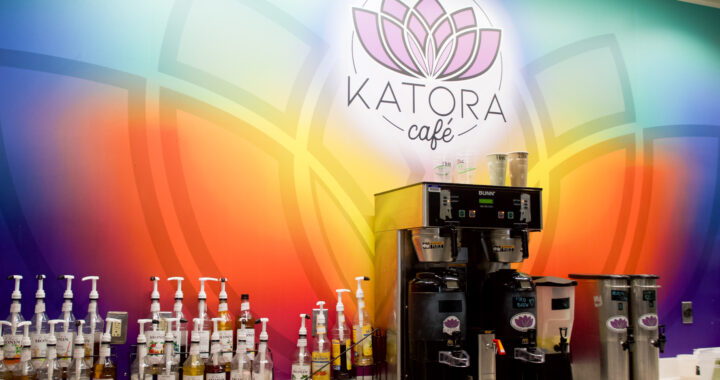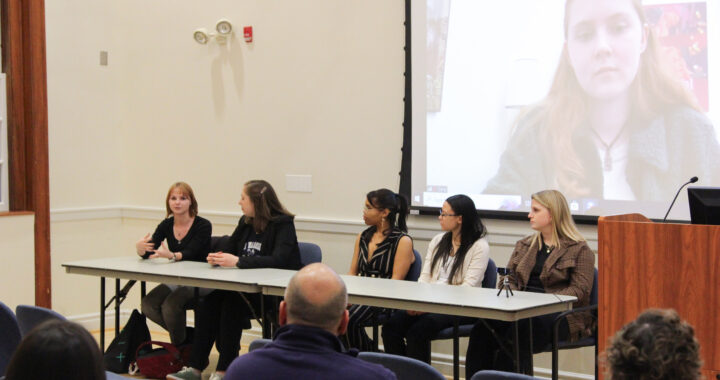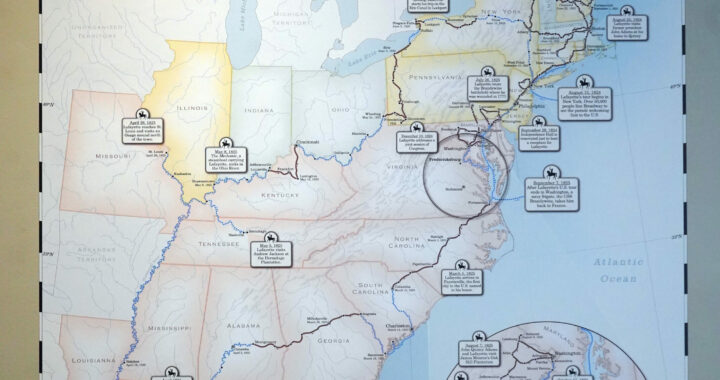New Field Complete
4 min readBy HEATHER BRADY
The new Campus Recreation Field has replaced Goolrick field as UMW’s source of practice and game space for intramural and club sports teams.
Construction on the new field began in May of this year and the field itself was made available for use on August 26. Construction of phase two of the project, the bathroom and storage facilities, will continue into late October, when the project is estimated to be complete.
“The budget for this project is $2 million, funded from a debt service bond,” stated Gary Hobson, Director of Capital Outlay. The budget included funding for construction, design, testing, and other miscellaneous expenses.
As of July 31, the University had spent $1,476,732 on the project. They have also issued change orders to the construction contract for $115,544, bringing the current contract value to $1,766,410.
Student fees will be used to pay off the loan over the course of a 30-year period, according to Paul Messplay, Executive Director of the Office of Budget and Finance Analysis. The University will pay $119,825 annually. When broken down per person, a full-time student will be paying $14 a semester for the field.
Plans for construction of a synthetic field have been suggested several times in recent years.
Designs for the field began in August 2007 . The new field was built as part of a larger project that will eventually create a hub on the side of campus by Route 1 for athletics and recreation.
Plans for the Anderson Center, a performance arena directly behind Goolrick for basketball and volleyball and an anticipated site for graduation and other big campus events, are also underway.
The Campus Recreation Field surpasses the old Goolrick field in terms of features and technology, with laser-directed stadium lighting, more spectator seating, a fence with a double-wide emergency vehicle gate, a separate restroom facility with additional storage space, and “Hollywood” bases that can be inlaid into the new turf.
According to Mark Mermelstein, director of Campus Recreation in the Fitness Center, the material used for the ground of the field, called A-turf, is superior to the old grass field.
“It consists of individual blades of fake grass sewn into a base of recycled rubber pellets with sand underneath,” said Mermelstein. “The pellets are porous to allow water to filter through.
With the traditional grass field, the surface below the field was soft, so with one good rain, the ground was wet and soft beyond the point of being playable. The old field was more torn up than usual by cleats, too.”
Mermelstein emphasized that teams will be able to play games this year that in years past would have been cancelled due to field saturation from rain.
“Of course, if you want grass, it’s still there,” added Mermelstein. “But once people see how soft and forgiving this stuff is, they’ll like it too.”
He also emphasized the main reason that the field was built- for UMW students.
“There’s only one reason why that building was built- for the students,” stated Mermelstein. “The idea was to provide a first-class recreation complex for all students, not just athletes.”
He states that the Battlegrounds Complex, including Hanover Recreation Field, is one of the best facilities among local colleges, and that now UMW has the same field quality to offer club and intramural sports.
“Anyone in the UMW community can use the field- faculty, staff, and students,” affirmed Mermelstein. “Sport teams usually practice in the early afternoon or evening. Now, with the stadium lights, intramural teams will practice 100 percent in the evening.”
Because team practices will be more spread out with evening intramural practice, Mermelstein and other recreation leaders are trying to build in open field times for the student body.
Currently, the gates are locked when the field isn’t in use in order to prevent overuse or damage to the field. Only specific club and team members can get the keys from the Fitness Center. However, other clubs can request use of the field at specific times.
“With a $1.5 million [field] comes things we have to do,” he said. “Because of gates, only certain people can come in and pick up or drop off the keys. It’s inconvenient now, but useful in the long run for keeping it nice.
“Caitlin McKay, senior and co-president of the Women’s Club Soccer team, was excited about how the new field has helped the way her team plays.
“The old field was bumpy, and you never knew which way the ball would go, because there were patches of grass everywhere,” said McKay. “[The new field] is pretty much awesome. We’re indebted to Mark for his work over the summer.”
McKay stated that the new field comes at a perfect time, because there will be four homes games this year for her team, a relatively large number compared with years past.
“It provides a good opportunity for team bonding,” said McKay. “Plus, the ball goes faster now, so we as players have to go faster. It will keep us in shape.”











